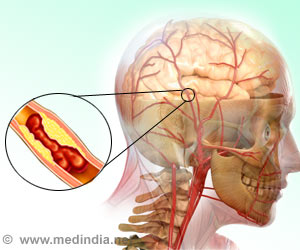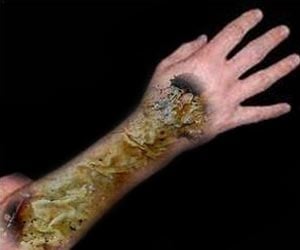
But because we make the scissors in the form of a protein, they only cut for a few hours, after which they are broken down. And we ensure that the virus particle also brings along a small piece of genetic material to patch the hole," says Jacob Giehm Mikkelsen. "We call this a 'hit-and-run' technique because the process is fast and leaves no traces". Viruses become nanoparticles The researchers have benefited from many years of intense research into HIV as this has e.g. shown that HIV particles can be converted into transporters of genetic information. But when they also become transporters of proteins that are not normally found in the cells, as is the case now, the particles are altered.
Virus particles are converted into nanoparticles which carry the substances that can have a direct effect on the treated cells. HIV infection is one of the areas where the researchers want to make use of the technique, and here the goal is to stop a specific gene from functioning - something that the protein scissors can do. "By altering relevant cells in the immune system (T cells) we can make them resistant to HIV infection and perhaps even at the same time also equip them with genes that help fight HIV." So in this way HIV can in time become a tool in the fight against HIV," says postdoc and PhD Yujia Cai of the research team.The results have recently been published in the scientific journal eLIFE.
Source-Eurekalert












